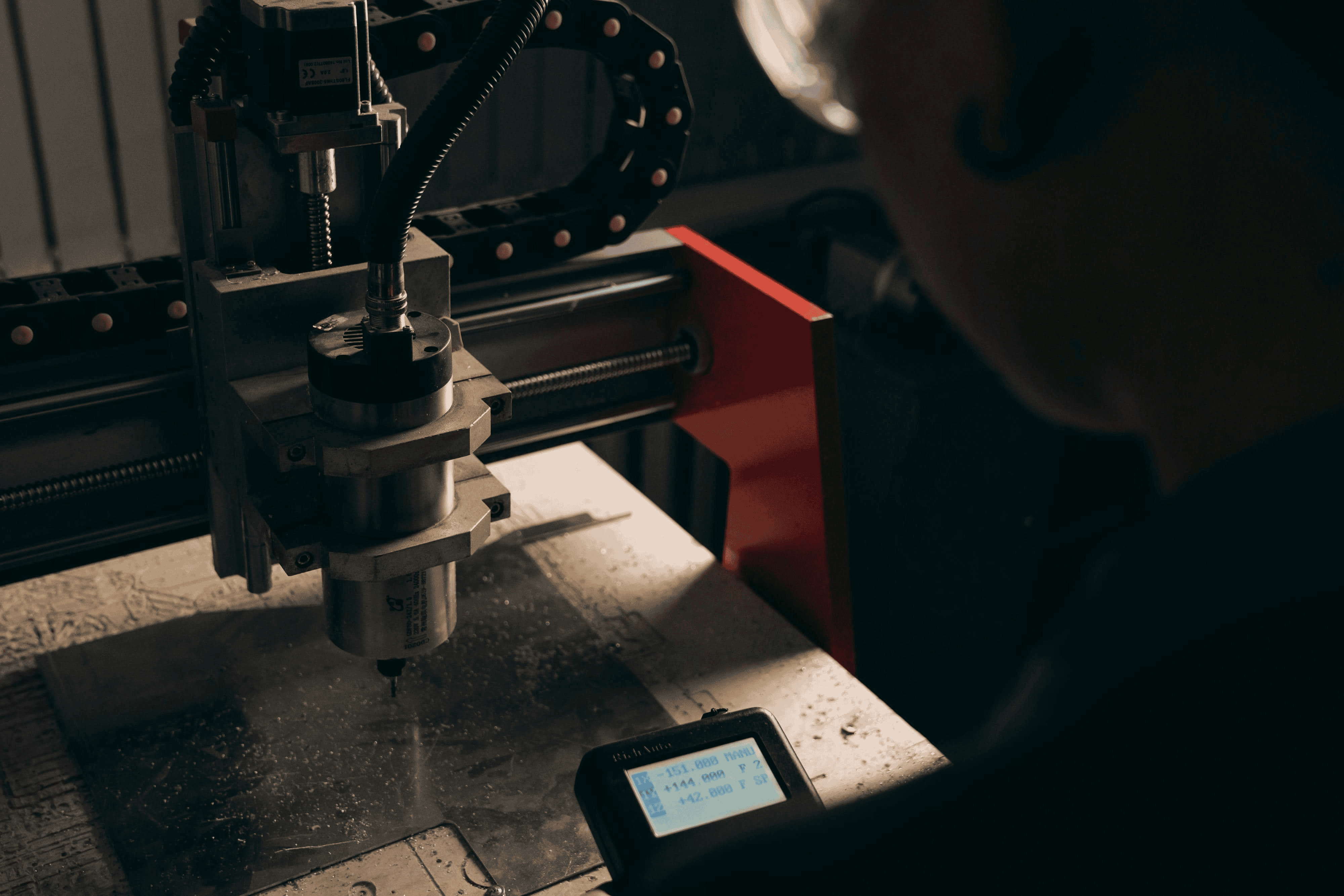Custom Fabrication

Metal fabrication design blends engineering intent with the realities of production. The goal is to create parts that meet performance needs while remaining manufacturable with consistent outcomes. Designers balance geometry, material properties, tolerances, and joining strategies so parts flow smoothly from CAD to the shop floor. Good documentation and clear revision control keep everyone aligned as parts move through cutting, forming, and finishing.
Thoughtful sheet metal design starts with the bend. Minimum flange lengths, bend radii, relief strategies, and grain direction affect both accuracy and appearance. Holes near bends require added clearance. Tabs and slots should allow easy alignment without forcing components into position. Standardize hardware, hole sizes, and thicknesses where possible to simplify tooling and lower lead times.
Material choice drives strength, weight, corrosion resistance, cost, and finish options. Mild steel is versatile and economical for frames and brackets. Stainless excels in corrosive settings and high finish applications. Aluminum reduces weight and machines cleanly, but demands attention to heat input and distortion control during welding. Coated steels such as galvanneal improve paint adhesion and resist corrosion in road environments. Select material thickness to match load case and allowable deflection, and confirm availability in common gauges to avoid delays.
Every tolerance is a cost decision. Overly tight callouts slow production and raise scrap risk. Use functional tolerances where it matters, such as mating faces, bearing seats, hinge lines, and fastener interfaces. Apply geometric controls like flatness, perpendicularity, and position to critical features, and specify general tolerances for non critical geometry. Plan for tolerance stack up across assemblies, and design datum schemes that reflect how parts are actually held during fabrication and inspection.
A bend radius near material thickness helps reduce cracking and springback. Account for the K factor in flat pattern development so formed parts land on target. Provide bend reliefs to prevent tearing and distortion at intersecting bends. Minimum flange length should exceed the die opening used on the press brake. When a tight profile is necessary, consider multiple hits, specialized tooling, or hemming techniques to stabilize thin edges.
A scalable workflow links design, programming, cutting, forming, hardware insertion, welding, and finish without surprises. Parametric CAD lets designers adjust geometry quickly while preserving intent. Programmers nest parts for laser or waterjet, optimize toolpaths, and flag risk features early. Travelers or digital job routers document each step, ensuring consistent setups and inspection points. When teams collaborate around a single source of truth, changes propagate cleanly and quality stays predictable.
Bill of materials, revision history, and drawing clarity are non negotiable. Use clear callouts for bend directions, finish specs, and hardware. For assemblies, exploded views and ballooned item numbers speed kitting and reduce misbuilds. Early design for manufacturing checks often uncover cost savings before a single sheet is cut.
Laser and waterjet produce precise blanks and minimize secondary ops. Press brakes form repeatable bends when tooling is matched to thickness and radius needs. Hardware insertion adds clinch nuts and studs to streamline assembly. Joining strategies range from spot welds and stitch welds to structural MIG or TIG, with design features such as tabs, slots, and jigs that control gap and squareness. Riveting and structural adhesives can reduce heat input where distortion is a concern.
Surface preparation sets the stage for durable coatings. Media blasting, chemical pretreatments, and thorough cleaning improve adhesion. Powder coat offers tough coverage in many textures and colors. Zinc plating, e coat, and anodize provide corrosion defense with different aesthetic results. Specify color codes, gloss levels, and masking requirements, and include witness samples for critical visual standards.
Prototype work validates geometry, proves assembly order, and uncovers hidden costs. Steel fabrication designs often begin with a single unit and evolve into fixtures that lock in accuracy for short runs or full production. Quality plans define incoming checks, in process inspections, and final verification, supported by gauges or CMM when needed. Clear acceptance criteria shorten approval cycles and protect timelines.
Cost drivers include material utilization, part count, cycle time, secondary operations, and finish complexity. Consolidating parts with smart bends can reduce fasteners and weld time. Designing flat packable subassemblies may lower shipping costs and improve serviceability. The best results pair rigorous engineering with practical shop sense, especially for sheet metal fabrication that must install cleanly into larger systems.
When your design is ready for the next step, a capable partner can translate drawings into reliable parts without drama. Explore our custom fabrication approach to see how design and production align for consistent outcomes. If you already have a drawing set, our fabrication services cover cutting, forming, hardware insertion, welding, and finishing with tight process control.
As builders who integrate metalwork into complete vehicle systems, OZK Customs treats each component as part of a bigger picture. We review tolerances where parts meet real world loads, select coatings suited to weather and road contaminants, and design fixtures that keep assemblies square when volumes ramp. If you are evaluating partners, learn more about why choose OZK Customs and how our process shortens the path from concept to installation.
Precision parts begin with clear intent. Share your drawings, constraints, and end use conditions, and we will translate them into production ready sheet metal design with dependable fit and finish.
Ready to turn a concept into a production worthy part or a full vehicle system? Submit the form and our team will map your goals, confirm materials and tolerances, and deliver a clear plan for design, fabrication, and installation.
ADDRESS:
6159 E Huntsville Rd, Fayetteville, AR 72701
PHONE:
(479) 326-9200
EMAIL:
info@ozkvans.com